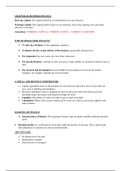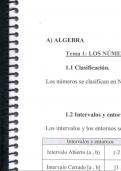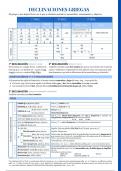Notas de lectura
Business finance notes
- Grado
- Institución
- Book
Business studies notes on sources of finance. Summary like notes which facilitates understanding. contain notes on the different sources of finance and their advantages and disadvantages. Contains also the reasons why each source of finance is use and on which situation they are used. They are divi...
[Mostrar más]








